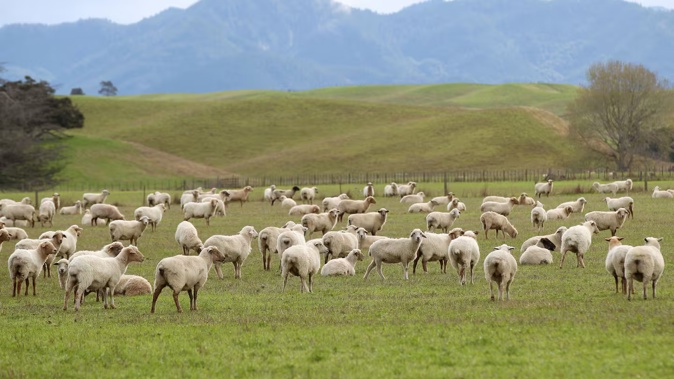
By Monique Steele of RNZ
An animal health scientist says the Government’s commitment to eradicating foot-and-mouth should it arrive here is the right approach.
Last week, Biosecurity Minister Andrew Hoggard said the Government would carry out a plan of urgent eradication if the rapidly spreading viral disease arrived in New Zealand.
An economic impact report showed an incursion of foot-and-mouth disease would cost New Zealand $14.3 billion.
The disease can infect cloven-hoofed animals including cows, pigs, sheep, goats, deer, and alpaca.
Livestock can exhibit high fever, blisters and sores around the mouth and feet, and they can become lame.
Hoggard said an incursion would have dramatic impacts as animal product exports would halt immediately.
AgResearch chief scientist Axel Heiser agreed the approach to “stamp it out” was right.
He said eradication was possible, as the Mycoplasma bovis programme illustrates, but foot-and-mouth disease moves more quickly than M bovis.
“Foot-and-mouth can spread with the wind from one farm to the next, and it spreads faster than it shows signs in the animals, so your animals are infected before you know it,” Heiser said.
Subscribe to The Country edm
“That makes it a really, really nasty disease. And so it’s absolutely critically important that if we have an incursion that we find it quickly and that we react within the first 72 hours.”
Heiser said farmers and veterinarians must be on the lookout for symptoms, and vets are required to report any cases to the Ministry for Primary Industries.
“And then this rapid response plan kicks into gear.”
The ministry was also considering the use of an emergency vaccination, if appropriate.
Hoggard said it would take 10 months to stamp out the disease using an emergency vaccine, or 15 months without it - but the latter would have higher operating and compensation costs and nearly double the value of lost trade - at $15b.
A foot and mouth outbreak in NZ would affect more than agriculture – tourism needs a plan too
Heiser said once New Zealand knew the type of virus it was, it would call on its emergency vaccine provider in the United Kingdom to ramp up production.
“We are prepared but all this takes a few days. And then again, it will not eradicate the disease - as a vaccine, it will only slow it down and control it - so that we can put the test-and-slaughter programme in place side-by-side with the vaccine.”
The Government said it was also committed to maintaining a strong border and robust biosecurity systems.
- RNZ
Take your Radio, Podcasts and Music with you









